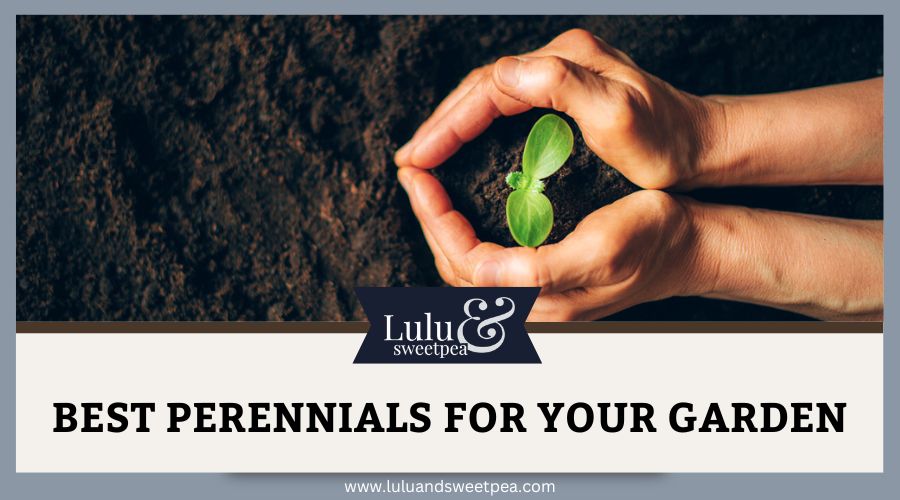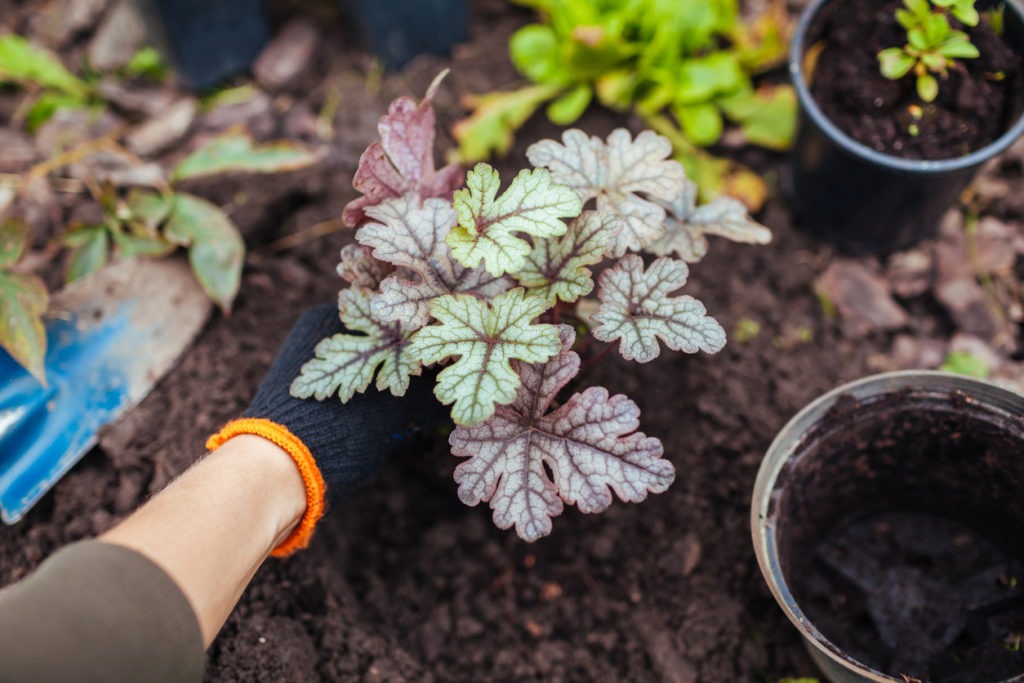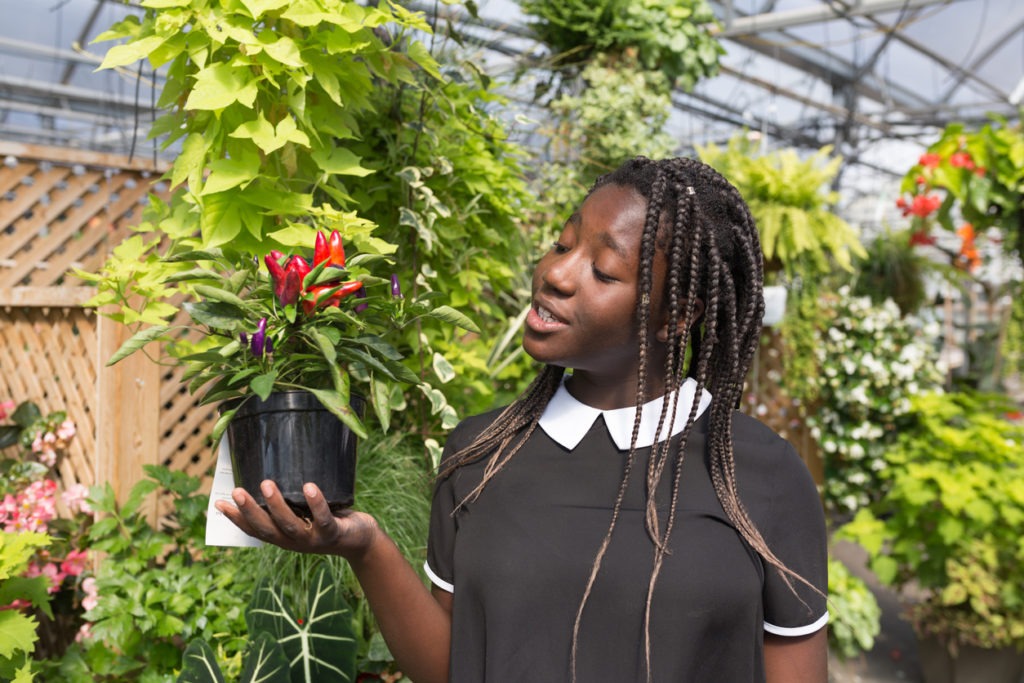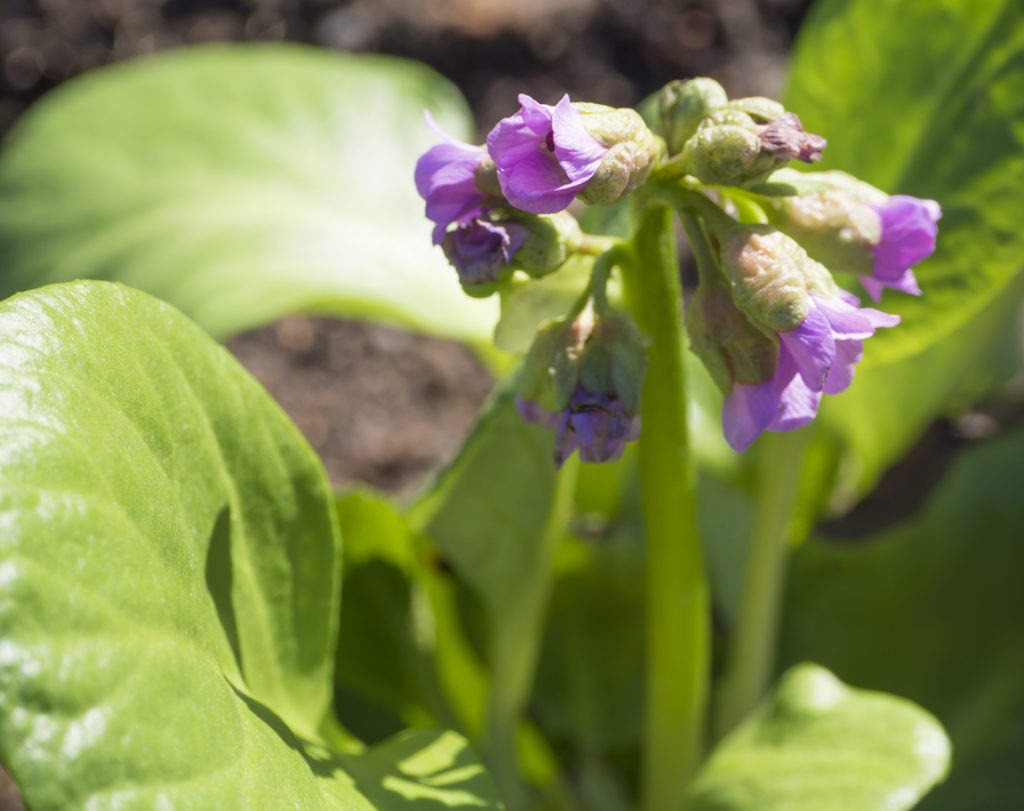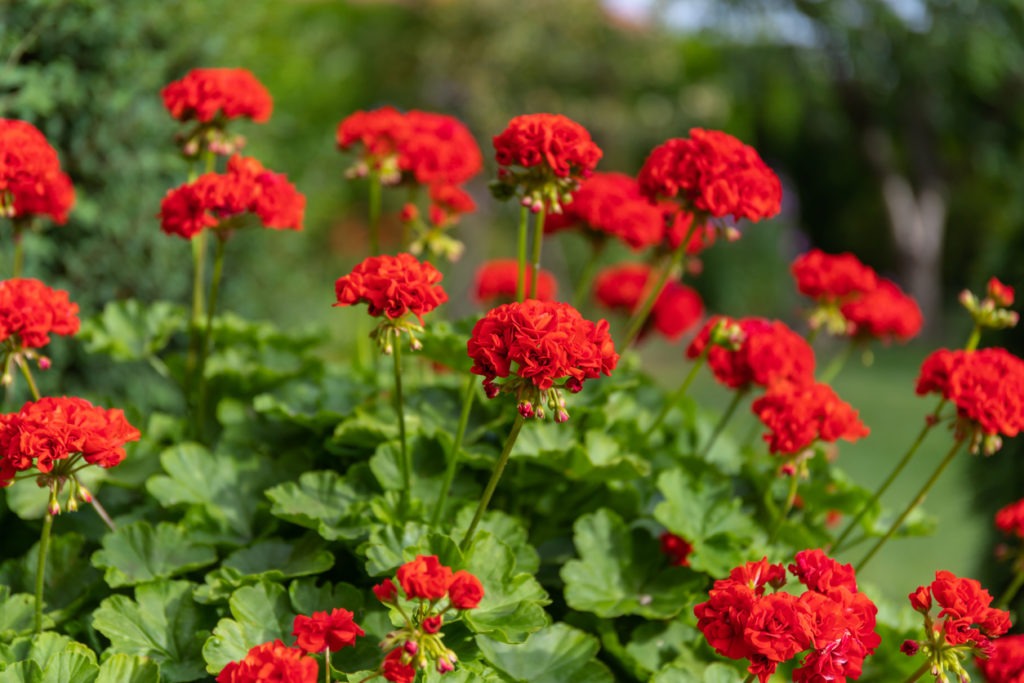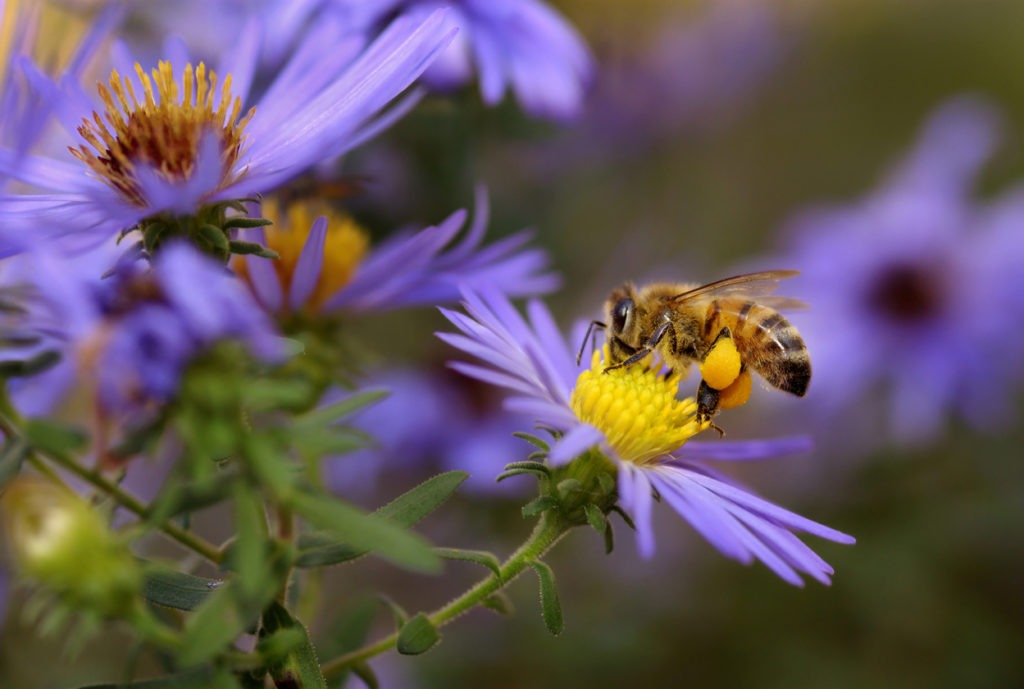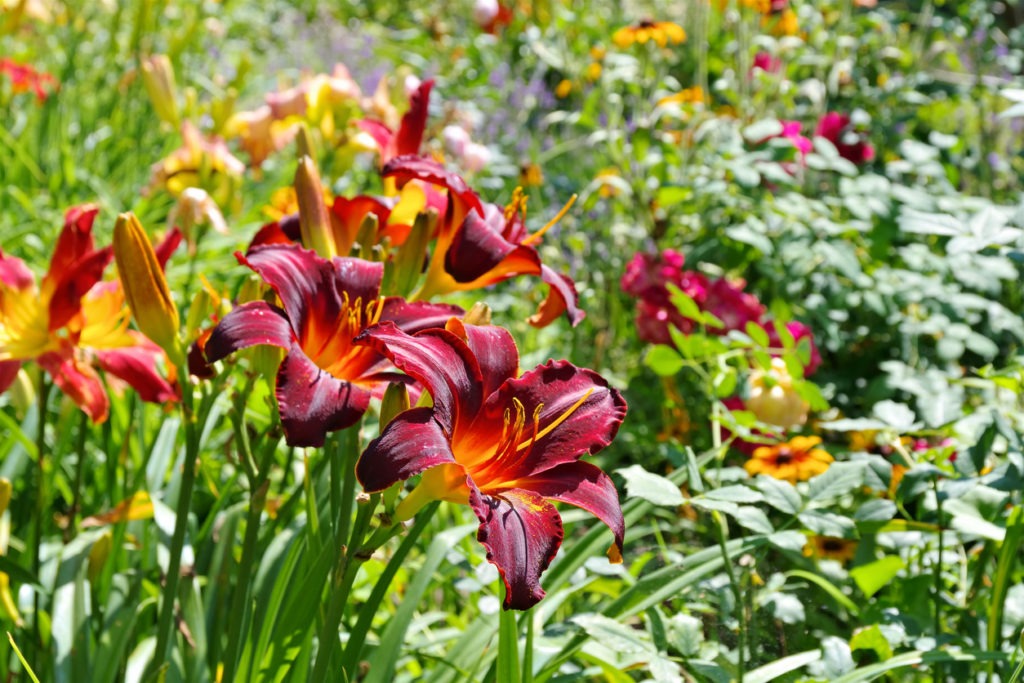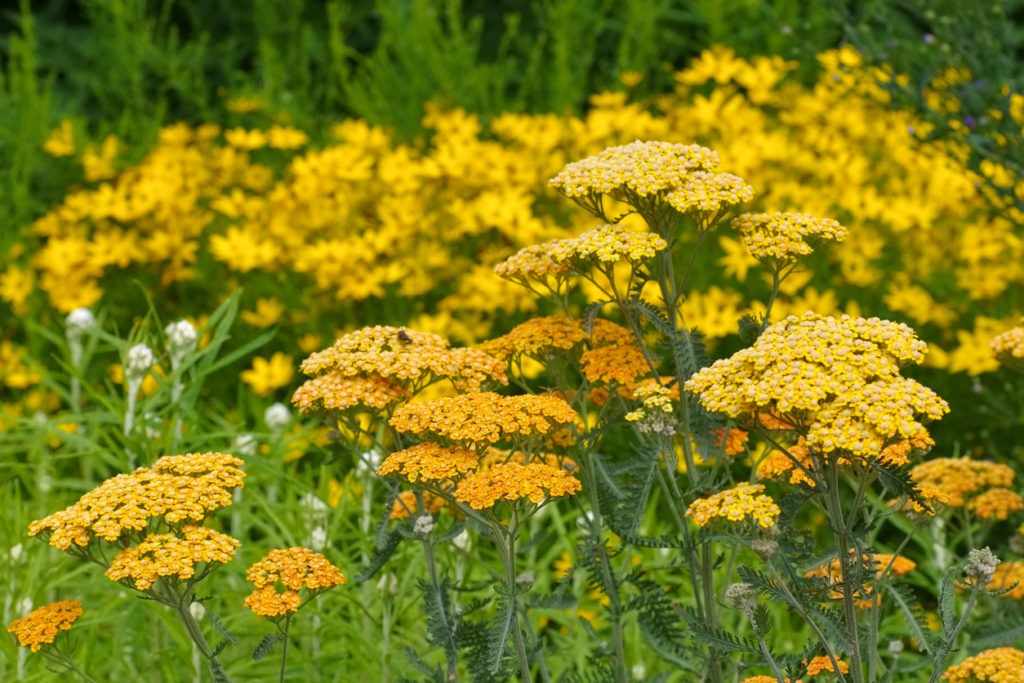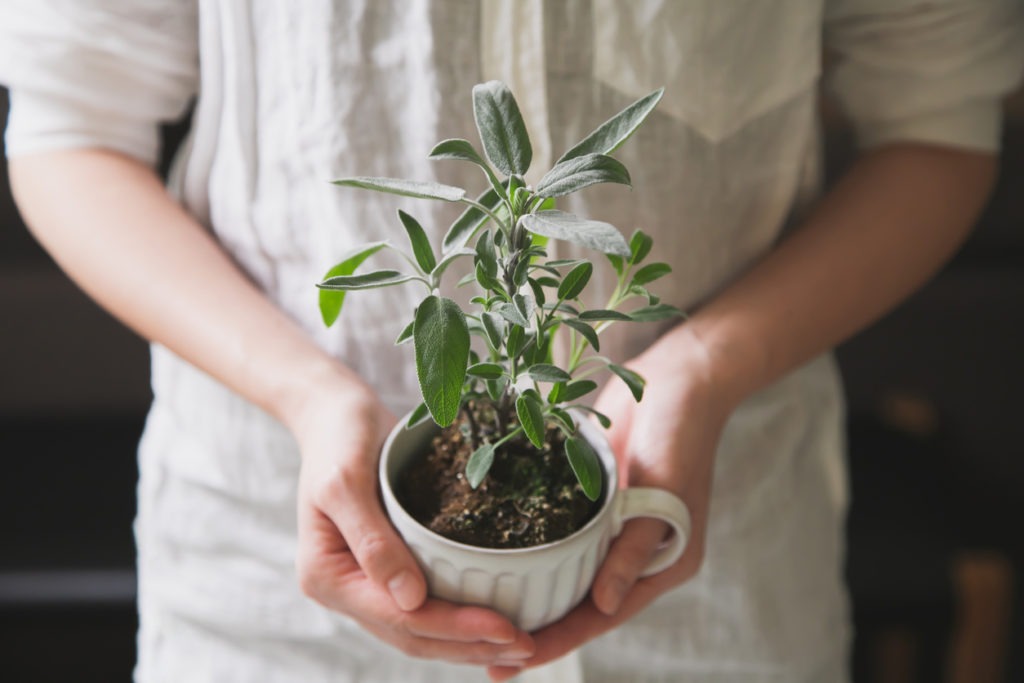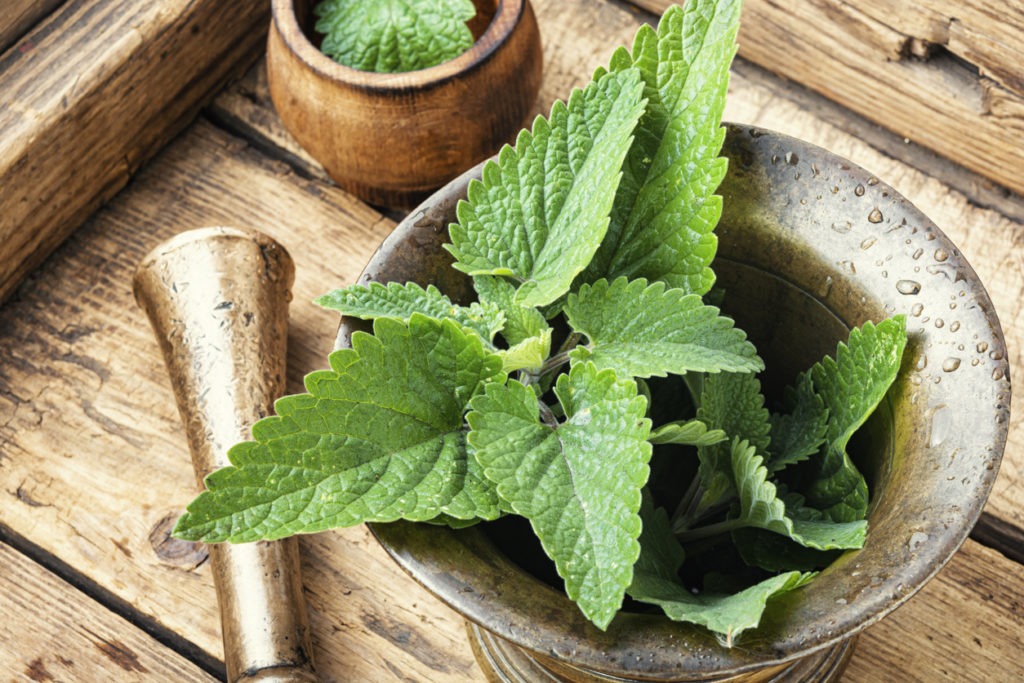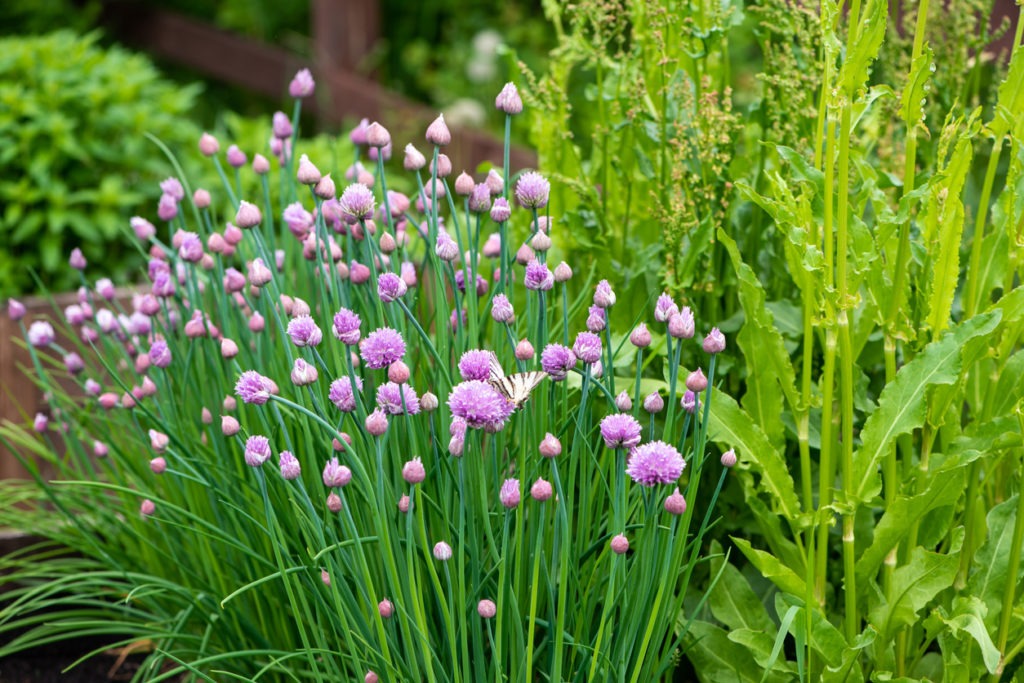Gardening is a relaxing and productive hobby, but not everyone has the patience or talent for it. It’s not something like wood carving or even painting, where you can put a project away and resume it whenever inspiration strikes. The effort and responsibility starts right from the time when you select the kinds of plants to include in your garden.
To make things a little easier for themselves, many gardeners choose at least a few perennials to start with. These are usually low maintenance and can give results year after year.
What Perennials Should You Choose For Your Garden?
If the idea of perennials sounds appealing, you first have to consider the layout and location of your garden. Some perennial plants will do well in the shade, while others require at least a little sun to get by. Some might need a little more water, or only bloom once a season.
If you want your garden or container garden to look appealing, choose your perennials wisely. The colors and blooming periods may vary, so you may want to space them out to avoid a bare-looking appearance.
The Best Time for Planting Perennials
Autumn is probably the best season for planting hardy perennials. This is when the soil is warm, so plants can get started on establishing a healthy root system.
If you plant during the spring, make sure to water properly. There might be dry spells during the summer. This is the best season for planting perennials that aren’t that hardy. With this early planting, you can give them a good start before the cold sets in.
If you live in an area with mild weather, try planting perennials in the winter too. This should work as long as the soil isn’t frozen or full of water. You can also try creating a window sill herb garden with perennial herbs, which will hopefully work well in every season.
A Few Ways to Care for Perennials
Perennials may be harder plants than most, but they still require some care and attention. Here are some essentials to keep in mind before you start planting perennials:
- Feed the plants with a slow-release fertilizer in the early spring season
- Mulch the soil in between plants with organic matter that has decomposed properly
- In spring or the beginning of summer, you will have to give some support to perennials that grow tall. This usually involves propping them up with canes, string, or special plant supports.
- The ground around the plants should be free of weeds, at least during the growing season
- Pick off any faded or dead flowers as soon as you see them; this will make the flowering season last longer.
- If the perennial has fleshy leaves, cut them off when they die as soon as possible; if they’re left on the plant too long, they get soggy and start to rot.
- You can leave any additional growth on woody-stemmed perennials until the late winter or even the next spring (each plant will have its own instructions). Sometimes, ladybugs and other beneficial insects may hibernate inside the dead stem of a plant
- If your perennial is an evergreen one, stay alert and keep removing any dead leaves or faded stems when you see them.
- Some perennials may start to clump together after three to five years. This could adversely affect their performance and appearance, so rejuvenate them by lifting and dividing, then replanting. This practice will also give you more plants to benefit from.
How Do We Buy Perennials?
If you have your heart set on some perennials this year, here are a few ways to get them:
- You can usually buy the common types of perennials at local garden centers or nurseries.
- You might have the option of choosing more expensive pants to get a quick result, or the smaller, most cost-effective ones that need some cultivation and care
- See if you can order your desired perennials by mail order. Place your order so that you get it between autumn and spring; this is when plant growth gets dormant and the plants are easier to transport.
- Perennials might also be available in the form of plug plants; these are quite small and need some growing in individual pots before you can plant them in a proper garden.
Perennials can also be bought as plug plants, which are small and need to grow on in pots before planting in the garden. You may need to get the best gardening tables or benches for the purpose of handling such plants.
The Best Perennials to Plant
There are several types and categories of perennials, especially when we’re talking about smaller plants.
You can choose perennials based on their requirements and how well they match to your garden type. Your own aim for the perennials–perhaps you want flowering plants, cut flowers, or compact varieties in pots–will also play a part in the final choice.
After assessing your intended site or choosing the right soil type, it’s now time to consider some specific perennials. Here are some of the best perennials to work on for now:
1. Elephant’s Ears or Bergenia
This is a very tough perennial that’s named for its evergreen, rounded large leaves. Some of its most notable features include:
- A good option for ground cover whether you plant it in the shade or the sun
- Can thrive on almost any kind of soil within a reasonable range
- Bears large clusters of flowers in purple, pink, or white
- Blooms in early spring and/or later winter
- The height and spread measurements are 30-45cm x 45-75cm
2. Cranesbill or Geranium
Germaniums are a varied group that will work well for raised beds, underplanting, and for garden borders. Below are some useful facts about this perennial:
- They mostly flower during the summer
- The flowering period can vary in length, with some varieties (such as ‘Rozanne’) blooming for several months
- Some varieties are quite hardy, while others are sensitive to frost and are better off in summer pots
- Most varieties thrive better in the sun, though some do better in the shade
- The expected height and spread is 30-90 cm x 30-90cm
3. Michaelmas Daisy or Aster
These are also a hardy herbaceous option, with the potential to produce a lot of flowers at a time. Check out these details about asters:
- They can be planted in the late summer or in autumn. They prefer the sun, so take that into account when planting
- They produce a lot of daisy-like flowers in shades of purple and pink. White is also a possibility, so consider this if it goes well with your intended layout
- This sturdy-stemmed plant is also good for pollinating insects
- The height and spread is around 30-75cm x 45cm
4. Daylilies or ‘Ruby Spider’
These colorful perennials have a unique appearance and bloom in profusion. Here’s what else you should know:
- The blooms are similar to lilies and have a shape like an open trumpet
- The blooms only last for a day, but there are so many that they still present a rich appearance for several summer weeks
- They come in a decent color range, including shades of red, yellow, and orange
- They are to be grown in the fun sun and well-drained fertile soil
Their height and spread is expected to be around 30-60 cm x 45-60cm
5. Yarrow
This is an herbaceous plant, making for a bright display for any garden or container. Here are some details to check out before you decide on this perennial:
- It needs quite a bit of sun
- When flowering, it will produce flat heads with several tiny flowers.
- It has feathery leaves, which could range from being green to silvery hues.
- The yellow varieties are more common, but you can also look for red and orange options.
- The height and spread is 45-75cm x 45-60cm
6. Sage (Salvia officinalis)
This is a traditional herb for turkey stuffing, seasoning meat dishes, and so on. You may sauté the leaves for a better flavor. These factors might help in planting and cultivating sage:
- The main demand of this herb is a well-drained soil
- It should be planted in the full sun
- Seeds can be sown as last as two weeks before the first frost
- The leaves have an attractive pebbled texture and a gray-green hue. There are also types with gold-green colors or a tricolor combination including cream, green, and purple shades.
- Cut back the sage in the early spring to allow for healthy regrowth
7. Lemon Balm (Melissa officinalis)
This herb has a flavor and scent that’s reminiscent of lemon candy. Here are a few factors to consider before making it part of your garden:
- The flowers might not be noticeable, as they’re usually tucked away by the stem
- This plant is easy to grow and is best for cottage borders
- The leaves can be green or green flecked with gold
- It’s important to know when they’ve blooming, as that’s the start of aggressive self-sowing
- After they flower, the stems should be clipped to avoid overgrowth
- Leaves can be used to flavor salads, poultry, and beverages
8. Chives (Allium schoenoprasum)
Chives are handy for adding a slight onion flavor to your recipes. Here are some other points to know about this perennial:
- The flowers and leaves (grass-like) are both suitable for human consumption
- Booms can come in handy for adding flavor and appearance to potato dishes and salads
- Full sun is best for growing chives
- They will clump after a few years and require dividing plus replanting
- The plants will also self-sow, so you can clip any seeds heads to prevent overspreading
Conclusion
Perennials are a great way to start gardening, though they’re also a favorite of experienced gardeners. You can use them for borders and also utilize their leaves plus blooms in many ways. If the options above sound good, check out the best gardening tools and get started!
